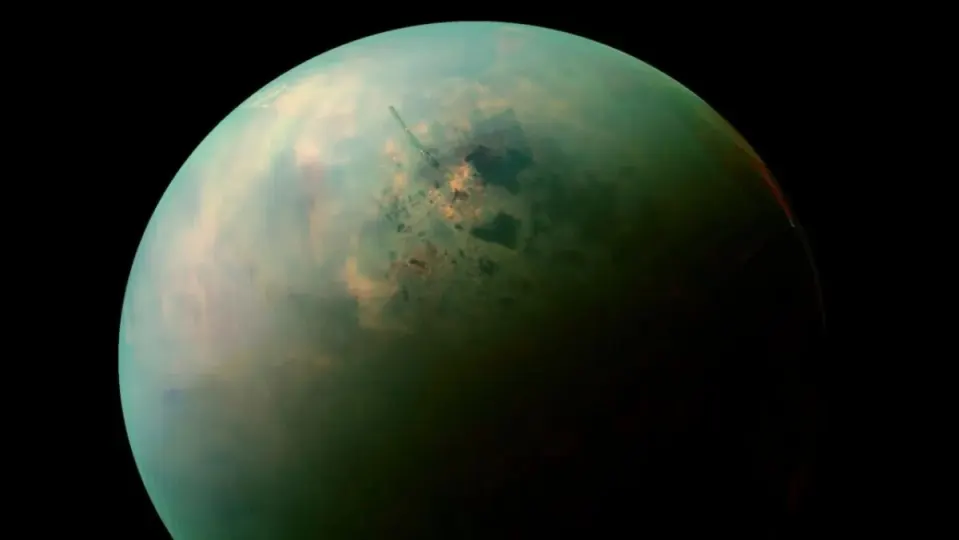Titan is about 1.2 billion kilometers away from Earth and is one of the most difficult bodies to explore in the solar system, but it is a rarity that attracts scientific explorers despite the high cost of getting there.
Titan is not only the largest moon of Saturn, but also the second largest in the solar system. It is also the only one of the two moons that has a substantial atmosphere denser than that of Earth.
In addition, Titan is the dream of any organic chemist. Composed mainly of nitrogen, Titan’s atmosphere has significant amounts of methane.
There will be much more than the current ~2.7%, but most of it has been converted by the Sun into complex hydrocarbons that form in the clouds and fall as rain on the surface to create lakes of methane, ethane, and other compounds. There could even be a hidden ocean of water inside the Moon.
A mission that arrives very late due to the pandemic
NASA has given the green light to the nuclear-powered aircraft Dragonfly to explore Titan, Saturn’s largest moon. The approval of the interplanetary mission for 2028 comes after years of delay due to COVID-19 and a series of cost overruns.
The problem is how to explore such a place. Already a simple landing module has plunged into the atmosphere of Titan, but a more ambitious mobile mission is needed. On the Moon or Mars, this is simple (in very relative terms) and it only requires rovers with wheels capable of moving from one place to another, but Titan resembles more of a swamp formed by petroleum byproducts.
This represents a different approach. After the recent Ingenuity helicopter mission to Mars, which was initially planned to last for one month, but was extended for three years, the space agency is now prepared to harness the technology of autonomous aircraft that appears to have emerged on the scene.
Dragonfly seems to fit perfectly with its ability to jump from one place to another while exploring the landscape and swampy coasts of Titan. Powered by a radioisotope thermoelectric generator and flying with aluminum and titanium rotors, Dragonfly is designed not only to perform general geological reconnaissance, but also to study the organic chemistry of Titan and search for biosignatures.
And although Titan is generally not considered a good candidate for extraterrestrial life. It is rather considered an example of the primordial soup that, according to scientists, gave rise to life on Earth.


